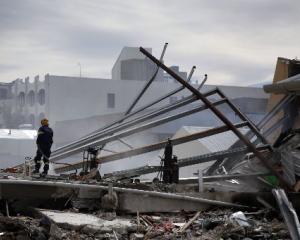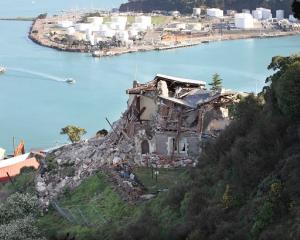The location and scale of potential faults under the Canterbury Plains must be understood before Christchurch pours billions of dollars into rebuilding, says a geologist.
Both the September earthquake and last week's deadly tremor occurred on faultlines that did not exist on GNS Science's database.
University of Canterbury geologist Mark Quigley said further "blind" faults could lie under Christchurch's soil, and priority should be placed on creating an ultrasound-like image of the city's subsurface.
"We've so far been struck by two faults we didn't know about.
So, here's the question: is there a fault that's really short but capable of a magnitude-four earthquake in the immediate Christchurch area? This can be answered.
And we need this data before we even talk about rebuilding."
Dr Quigley said cities on similar faultline networks, such as Los Angeles, had done three-dimensional seismic surveys, and these informed their engineering decisions.
While aware of the need to tread sensitively after the quake, he believed it was a matter of urgency.
The main obstacle to surveys is funding.
Dr Quigley said it would be relatively inexpensive - the estimate is $1 million - to undertake geophysical tests under the city.
Studying aftershocks gave some clues to the potential for faults under Canterbury.
But this could be augmented by seismic surveys.
The combined studies could map a faultline to within 100m.
The most common method of surveying is to use a truck-mounted device, commonly used for oil and gas exploration, which pounds the earth.
Instruments called geophones are placed along the truck's path, and measure the strength and angle of the vibration when it returns.
This data is used to map the earth's crust.
Because of the costs of the process, scientists have mostly focused on mapping areas where there is a surface rupture or known activity.
University of Otago geologist Andrew Gorman said geophysical surveys would be helpful, but were complicated.
He said some surveys taken in the Canterbury Plains in September did not provide a convincing image.






